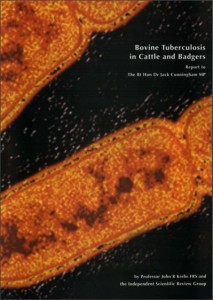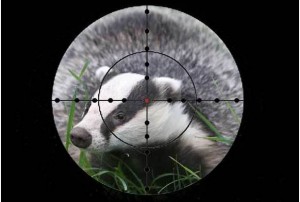
According to a meeting held between numerous scientific experts at the Department of Environment, Food, & Rural Affairs (Defra), in order for a badger cull to be effective:
- Cull rate needs be at least 70%
- Occurs for min. 4 years
- Encompasses min. 150 square km
Predicted net benefit after a decade?
- 16% decrease in bTB on average
However, is this net benefit enough to be able to control bTB? There are conflicting opinions among the public. Farmers from the National Farmers’ Union support the cull and argue this reduction in bTB is enough, whereas animal rights activists such as from the Badger Trust cite badger culling as ineffective.






